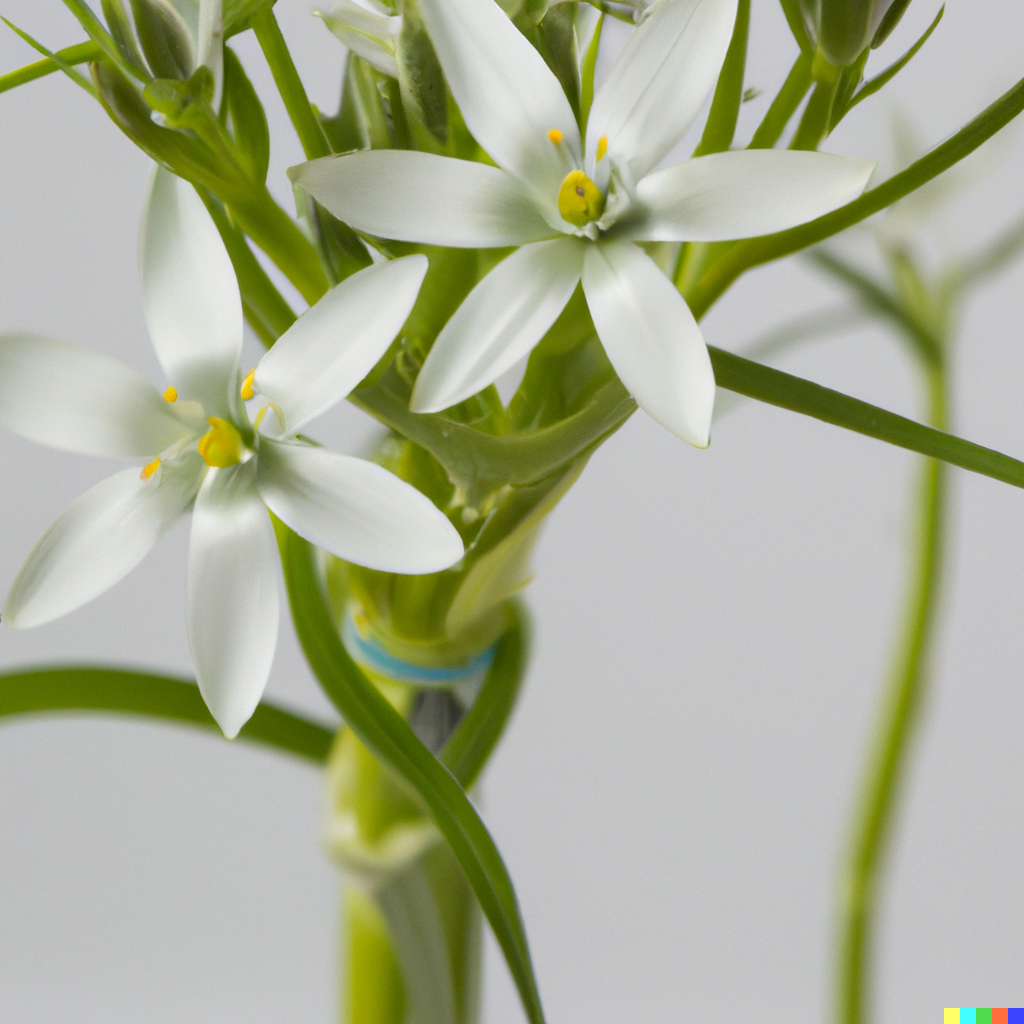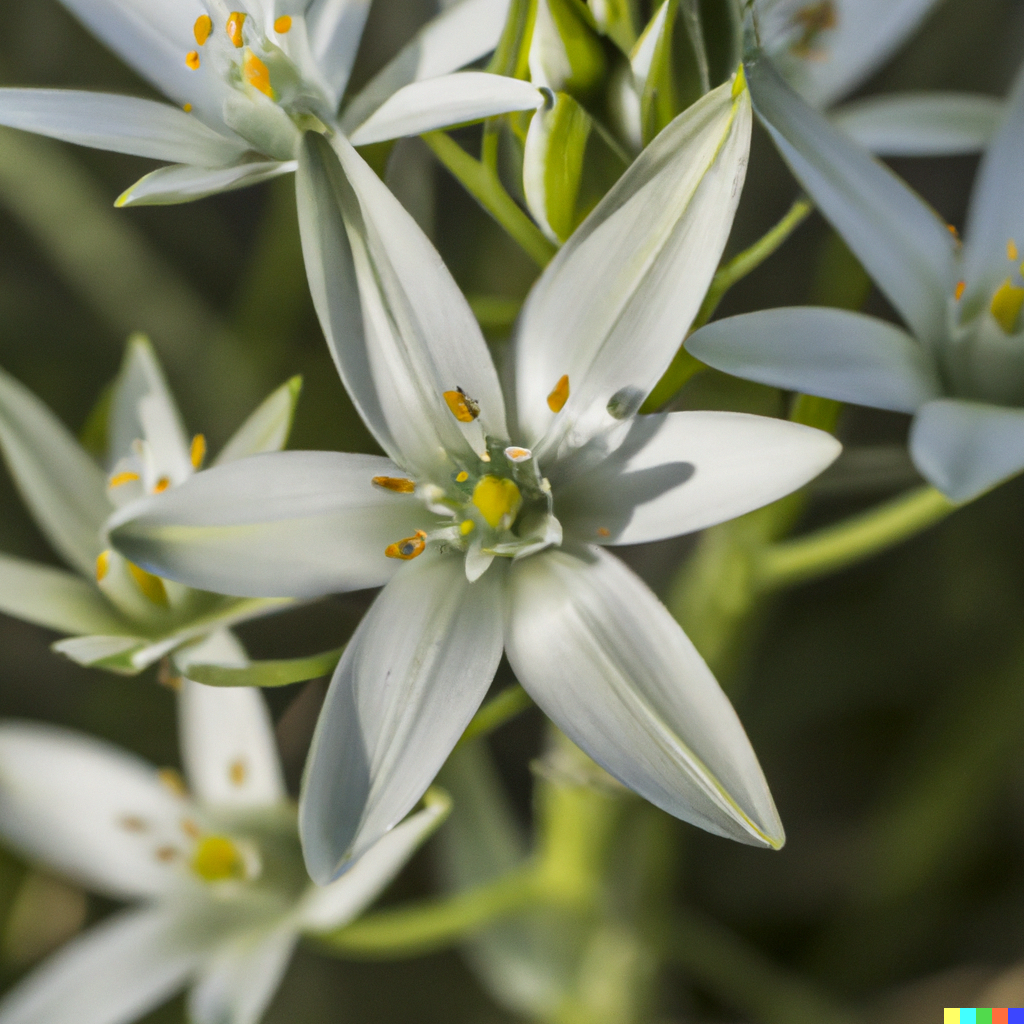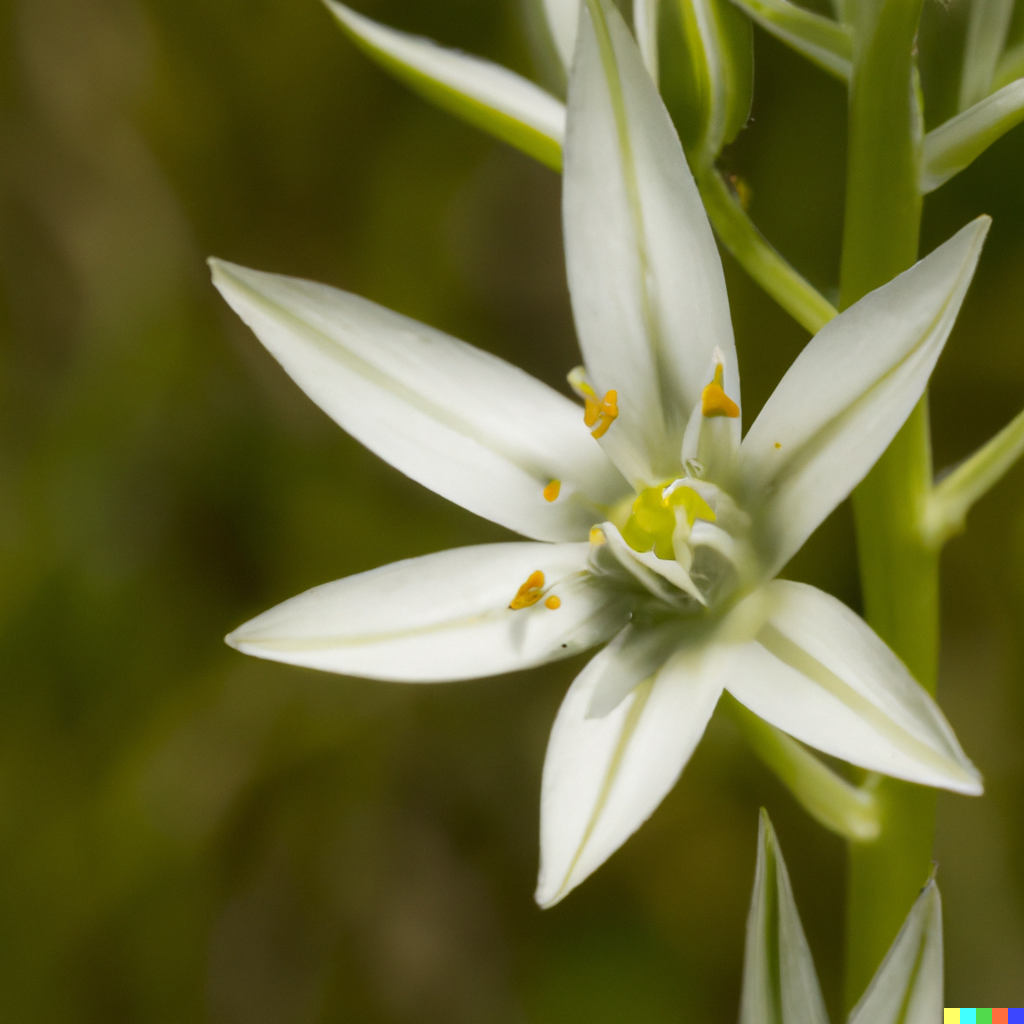Ornithogalum nutans is native to the Mediterranean region, which includes parts of Europe, North Africa, and the Middle East. It is not clear exactly which countries the species is native to, but it is likely to be found in many of the countries in this region. The Mediterranean climate, characterized by mild winters and hot, dry summers, is well suited to this plant, which prefers well-draining soils and full sun.
Ornithogalum nutans is a member of the family Asparagaceae, which is a large family of flowering plants that includes many species of ornamental and medicinal plants. Other well-known members of this family include asparagus, agave, and aloe. The family Asparagaceae is part of the order Asparagales, which includes a number of other important plant families, such as the Amaryllidaceae (amaryllis), Iridaceae (iris), and Orchidaceae (orchids).
How Do Ornithogalum Nutans Look When Grown, and How Should They Be Planted?
Ornithogalum nutans is a species of flowering plant in the family Asparagaceae. It is native to the Mediterranean region and is commonly known as the nodding star of Bethlehem. It is a perennial herb that grows up to 30 cm tall and produces white or pale pink flowers with six petals. The flowers are held on slender stalks and have a nodding, bell-like shape. This plant is often grown in gardens for its attractive flowers, and it is also used in traditional herbal medicine.
Ornithogalum nutans is a relatively small plant, growing to a height of 30 cm (12 inches) or less. The plant has a rosette of straplike leaves at the base, with slender stalks rising from the center of the rosette. The flowers are held on these stalks and have a nodding, bell-like shape. The overall height of the plant will vary depending on growing conditions, but in general, it is a low-growing plant that is well-suited to borders or rock gardens.
Ornithogalum nutans is a relatively hardy plant that can tolerate a wide range of temperatures. It is native to the Mediterranean region, which has mild winters and hot, dry summers. In this climate, the plant can survive temperatures as low as -10°C (14°F) and as high as 40°C (104°F). In other parts of the world, it may be less hardy and need to be grown in a protected location or treated as an annual plant. It is best to check with your local gardening authorities for specific advice on the hardiness of Ornithogalum nutans in your area.
Ornithogalum nutans is a relatively easy plant to grow in the right conditions. Here are some tips for growing this plant in your garden:
- Plant Ornithogalum nutans in a location that receives full sun. It can tolerate partial shade, but it will produce more flowers if it receives plenty of direct sunlight.
- Choose a well-draining soil for your Ornithogalum nutans. The plant prefers soil that is slightly acidic to neutral, with a pH between 6.0 and 7.0. It does not tolerate wet or poorly draining soils.
- Water your Ornithogalum nutans regularly, providing enough water to keep the soil moist but not waterlogged. Water the plant at the base, avoiding getting the leaves wet.
- Ornithogalum nutans does not require fertilization, but you can apply a balanced fertilizer (such as 10-10-10) in the spring if you want to encourage more flowers.
- Ornithogalum nutans is a perennial plant, but it is not particularly long-lived. It may only last for a few years before it needs to be replaced.
- Ornithogalum nutans is not known to be affected by many pests or diseases, but it can be susceptible to slugs and snails, which may chew on the leaves and flowers. You can control these pests by using slug bait or by removing them by hand.
Overall, Ornithogalum nutans is a relatively easy plant to grow in the right conditions. With proper care, it will produce attractive, nodding flowers for several seasons.



